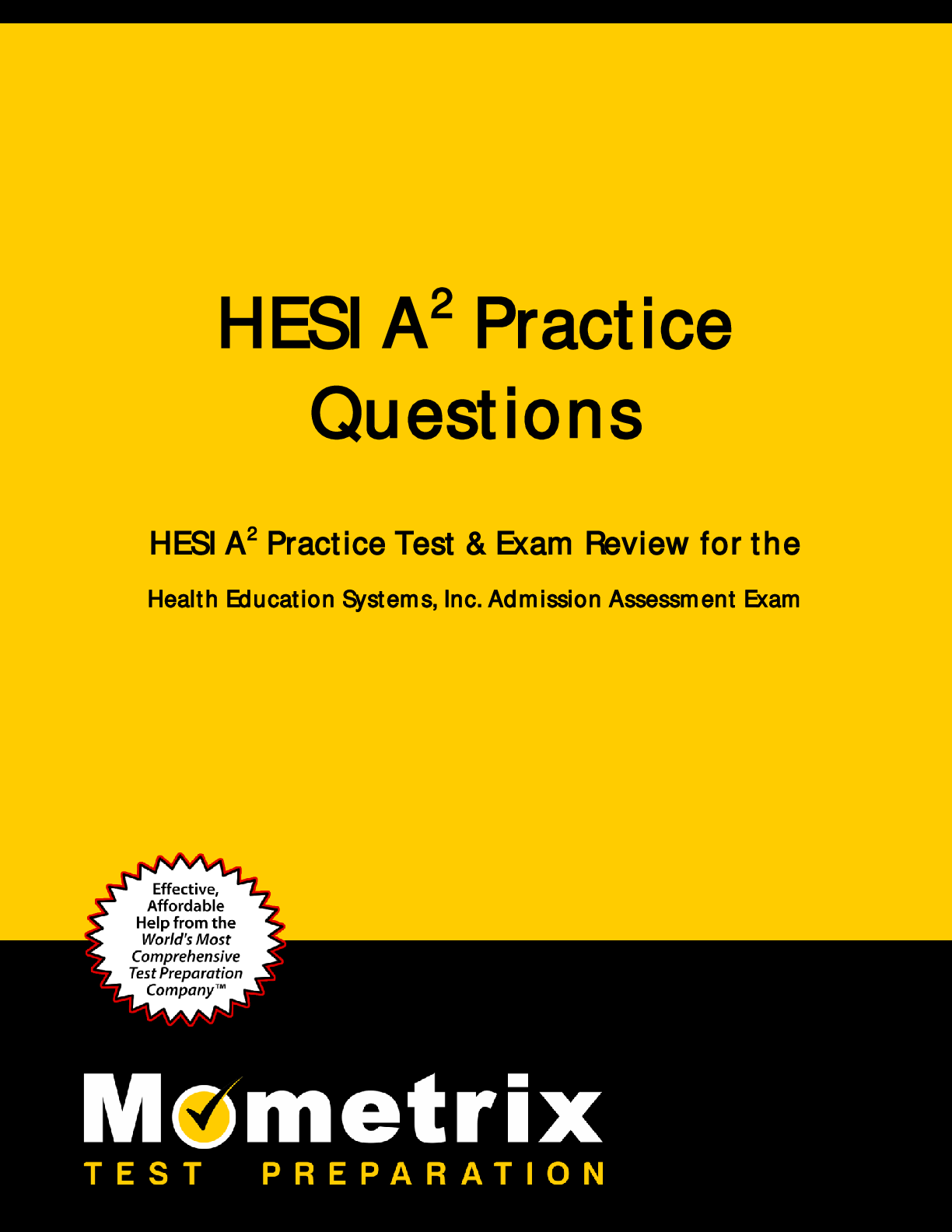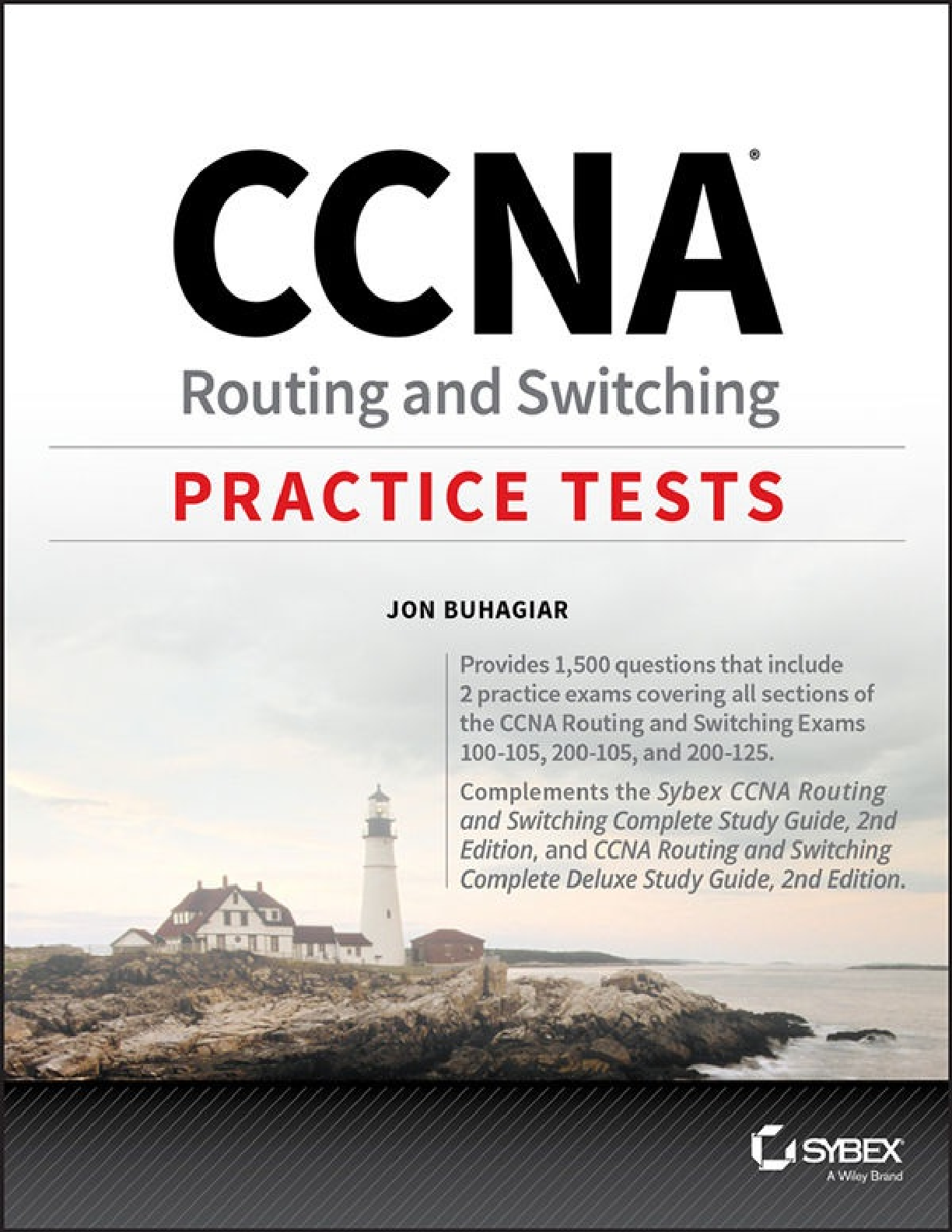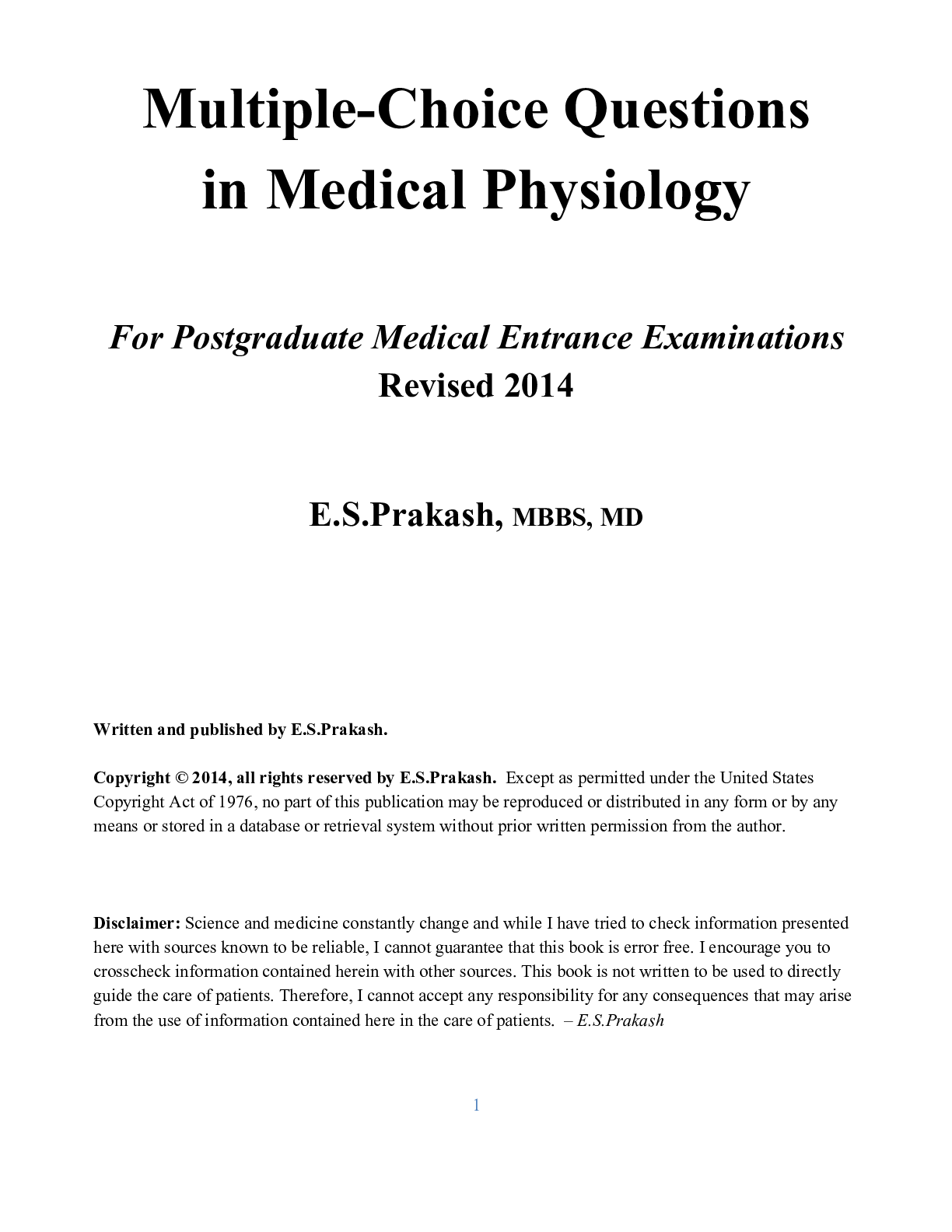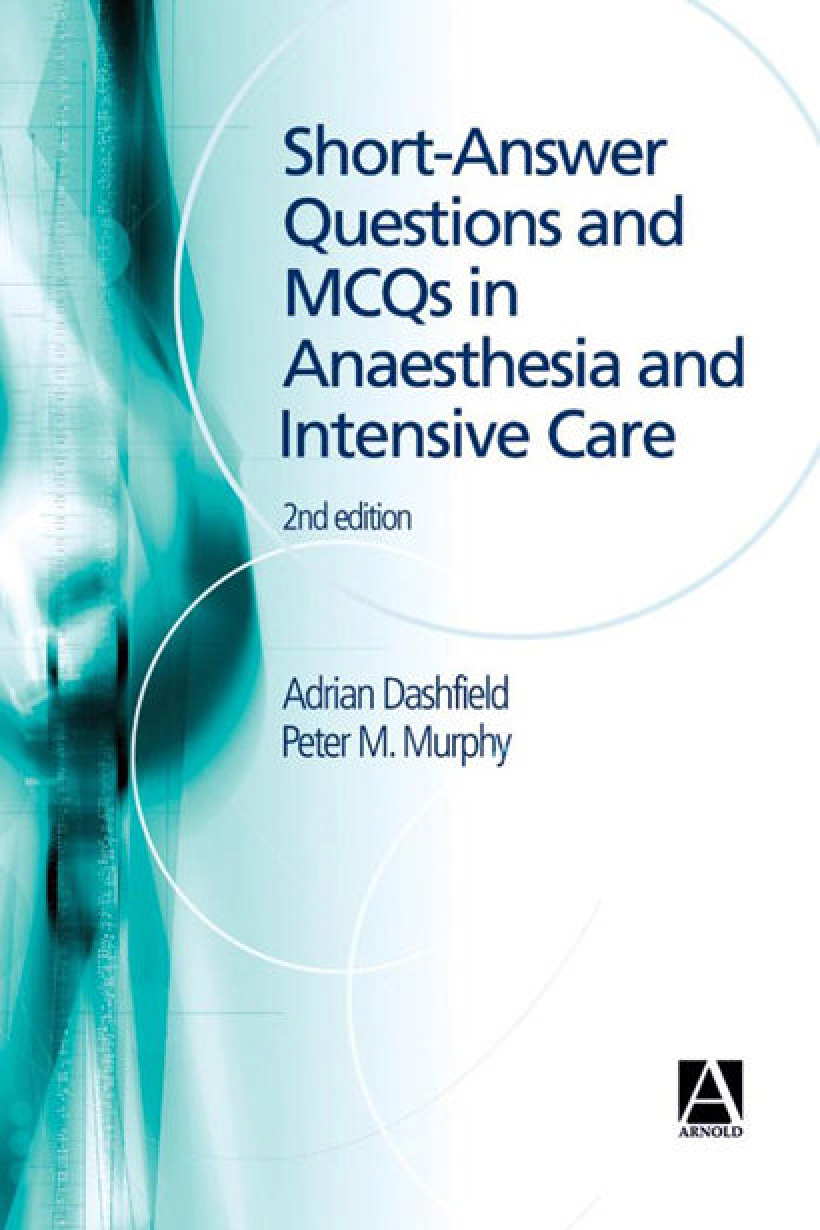*NURSING > QUESTIONS & ANSWERS > Examination Questions and Answers in Basic Anatomy and Physiology (All)
Examination Questions and Answers in Basic Anatomy and Physiology
Document Content and Description Below
Examination Questions and Answers in Basic Anatomy and Physiology: Contents 1 Organisation of the Body ........................................................................ 1 2 Cells and Tissues... ..................................................................................... 2.1 Cells and Tissues ........................................................................... 2.2 Cell Cycle (Mitosis and Protein Synthesis) ................................... 7 7 27 3 Measurement, Errors and Data ............................................................. 35 4 Chemistry for Physiology ....................................................................... 4.1 Atoms and Molecules .................................................................... 4.2 Solutions ........................................................................................ 4.3 Diffusion and Osmosis ................................................................... 4.4 Tonicity, Moles and Osmoles ......................................................... 4.5 Acids, Bases and Buffers ............................................................... 4.6 Organic Chemistry and Macromolecules ...................................... 43 43 52 61 69 79 93 5 Integument ............................................................................................... 105 6 Homeostasis ............................................................................................. 119 7 Skeleton and Joints ................................................................................. 125 8 Muscles ..................................................................................................... 143 9 Gastro-Intestinal System ........................................................................ 161 10 Endocrine System .................................................................................... 191 11 Renal System ........................................................................................... 211 12 Cardiovascular System ........................................................................... 12.1 Blood .............................................................................................. 12.2 Heart .............................................................................................. 12.3 Blood Vessels ................................................................................. 12.4 Pressure: The Physics of Pressure ................................................. 237 237 250 262 274 ixx Contents 12.5 12.6 Pressure Applied to the Cardiovascular System ............................ 286 Blood Pressure and Its Control ...................................................... 297 13 Respiratory System ................................................................................. 315 13.1 Anatomy and Physiology ............................................................... 315 13.2 Pressure Applied to the Respiratory System ................................. 335 14 Nervous System ....................................................................................... 14.1 Cells and Action Potential ............................................................. 14.2 Brain and Spinal Cord Anatomy .................................................... 14.3 Autonomic System, Neurotransmitters, Refl exes .......................... 14.4 Special Senses (Eye & Ear) ........................................................... 14.4.1 Eye ................................................................................... 14.4.2 Ear .................................................................................... 15 Reproductive System .............................................................................. 405 16 Waves, Light Waves, Sound Waves, Ultrasound (The Physics Of) ...................................................................................... 16.1 Waves ............................................................................................. 16.2 Light Waves ................................................................................... 16.3 Sound ............................................................................................. 16.4 Ultrasound ...................................................................................... 347 347 360 377 389 389 397 419 419 424 429 432 17 Ionising Radiation ................................................................................... 437 17.1 Medical Imaging with X-Radiation ............................................... 437 17.2 Radioactivity, Radiotherapy, Nuclear Medicine, Radiation Safety ............................................................................. 445 18 Electricity ................................................................................................. 465 19 Biomechanics ........................................................................................... 475 20 Energy and Heat ..................................................................................... 493 Advice to the Exam Candidate The correct choice of answer for each question is provided. Accompanying the cor- rect choice is a justifi cation for the choice or an explanation of the correct answer and sometimes of why the other choices are incorrect. The degree of diffi culty var- ies, but not by intentional design. The perception of diffi culty depends on that part of science that the question examines, the level of scientifi c background brought to the course by the student and their level of studious preparation for the examination. There is only one best correct answer for each of the multiple choice questions among the four choices presented. However, there may be more than one correct answer. You must choose the best one. In an examination, never leave a question unanswered. If you cannot decide on an answer, guess at it (after eliminating any choices that you deem to be incorrect). That is, you will be rewarded for the ability to decrease the number of choices from which you are guessing, from 4 to 3 or 2. In marking multiple choice questions, I suggest that that one mark be allocated for a correct answer and that a quarter of a mark be deducted for a wrong answer or an unanswered question. Deducting a quarter mark will reduce the score that would be gained by selecting an answer from the four choices purely at random (i.e. guess- ing), from about 25 % to about 6 %. Not to deduct a quarter mark is, in my opinion, unsound. Be aware of questions that are asked in the negative. That is, those that have NOT true; or FALSE; or INCORRECT; or EXCEPT one, in the stem. In this case you are seeking a statement that is wrong in order to answer the question. Do not be intimi- dated by arithmetical calculations. The calculation itself will be simple. Deciding what to add, multiply or divide with what, is the tricky part. Some questions have been paraphrased from those published in the third edition of the book Human Science: Matter and Energy in the Human Body (Caon, M., & Hickman, R. (2003), Crawford House Australia Publishing, Belair South Australia), and are used with the authors’ permission. [Show More]
Last updated: 1 year ago
Preview 1 out of 508 pages
Instant download
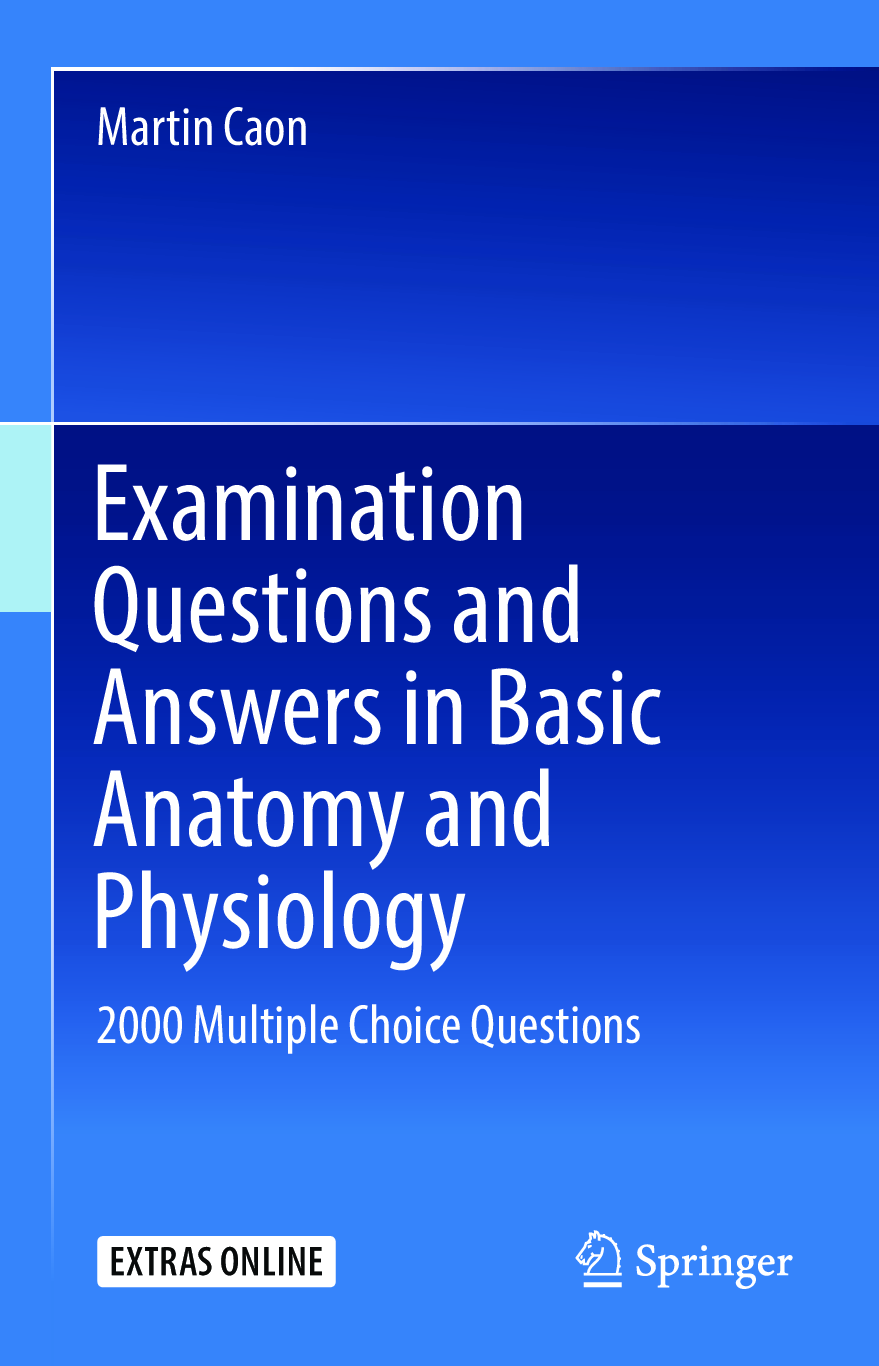
Buy this document to get the full access instantly
Instant Download Access after purchase
Add to cartInstant download
Reviews( 0 )
Document information
Connected school, study & course
About the document
Uploaded On
Apr 19, 2022
Number of pages
508
Written in
Additional information
This document has been written for:
Uploaded
Apr 19, 2022
Downloads
0
Views
109


